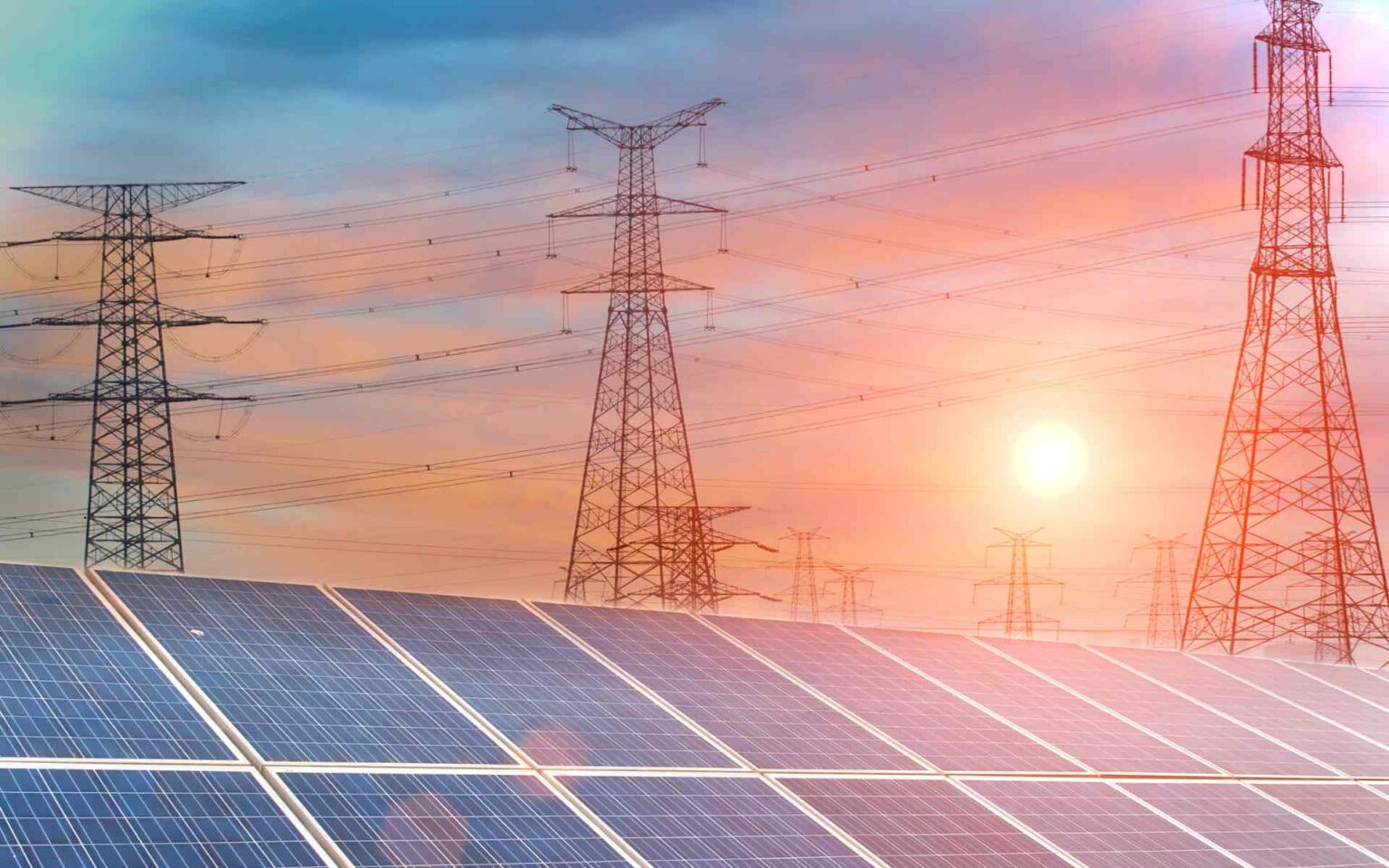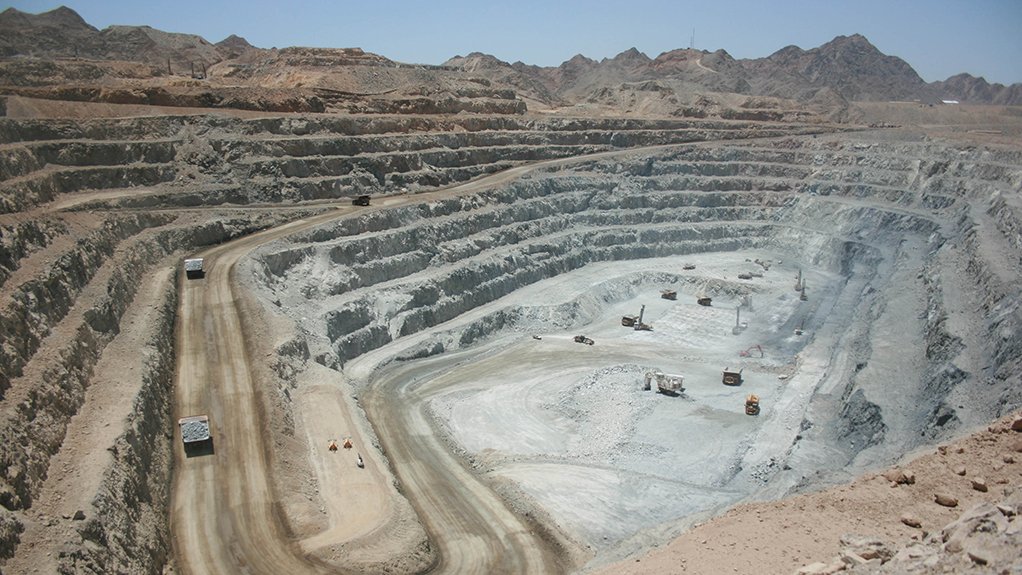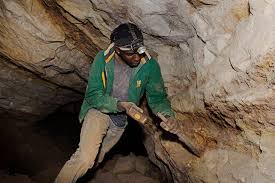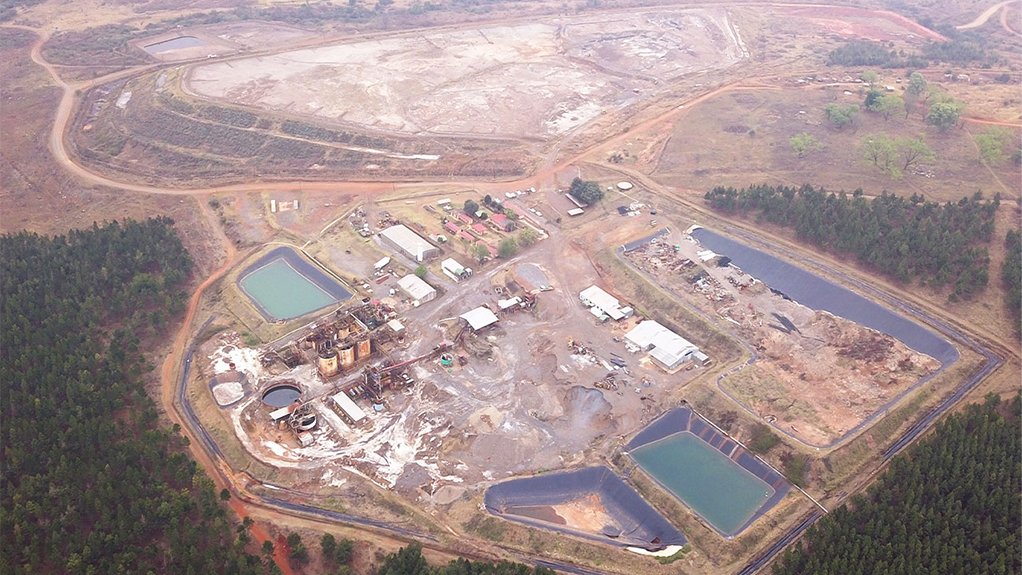Precious Metals

Exploring The Gambia’s Road to 90% Electrification

The Gambia is rapidly advancing its electrification strategy with a suite of large-scale infrastructure projects focused on grid expansion, rural access and renewable energy integration. With a national target of achieving 90% electricity access by the end of 2025, the government – supported by multilateral partners including the World Bank, European Union (EU) and Economic Community of West Africa States (ECOWAS) institutions – is rolling out climate-resilient power systems and transmission upgrades that are transforming the country’s energy landscape.
Setting a benchmark for regional energy integration, The Gambia’s ambitious grid expansion, rural electrification and renewable energy drive will take center stage at the upcoming MSGBC Oil, Gas & Power 2025 conference and exhibition in Dakar this December. During this year’s event, stakeholders will unite to accelerate cross-border collaboration and inclusive, sustainable growth across the MSGBC region.
Grid Expansion and Infrastructure Modernization
In May this year, the World Bank approved $52.6 million in financing to support electricity and transmission infrastructure in The Gambia. The initiative will see the construction of 60km of rural and urban roads and connect 80 rural communities to the national grid. The project includes 142km of medium-voltage lines, 350km of low-voltage lines and the construction of 92 substations, designed to support grid expansion into remote communities and improve power stability in urban zones.
The World Bank’s support builds on the momentum of the Gambia Electricity Restoration and Modernization Project (GERMP) – the country’s flagship $165 million energy initiative supported by the European Investment Bank, EU and World Bank. In February 2025, The Gambia inaugurated its first 225kV high-voltage transmission line, linking Brikana to Jabang, along with a national control center and critical substation upgrades. These initiatives support the country’s parastatal National Water and Electricity Company’s ability to transmit power across long distances, stabilize voltage and prepare the grid for future integration through the West African Power Pool.
As part of the GERMP, a 23 MWp solar PV plant equipped with 8 MWh of battery storage was commissioned in Jambur in March 2024. The facility contributes roughly 20% to national generation capacity and is expected to supply electricity to 18,500 households. As the country’s first utility-scale solar project, the Jambur solar PV plant marks a major step towards diversifying The Gambia’s energy mix and reducing dependence on heavy fuel oil.
Rural Electrification and Mini-Grids
In rural areas, The Gambia’s Rural Electrification Extension Project (REEP) – funded by the ECOWAS Bank for Investment and Development – has seen the installation of 175km of 30kV medium-voltage lines and 250km of 400V low-voltage lines, extending reliable power to towns including Barra Essau, Bansang and Kerewan. The REEP meets up to 90% of electricity demand in its target zones while also reducing running costs by 40% and production costs by approximately 20%.
To extend access beyond the grid, the government introduced green mini-grid regulations in September 2023, paving the way for private investment in off-grid solar systems. Meanwhile, with energy demand growing at 5.5% annually and peak demand exceeding the country’s 102 MW installed capacity by 11 MW, upcoming projects such as the planned 150 MW Soma Solar Power Station are set to play a key role in meeting rising demand.
Explore opportunities, foster partnerships and stay at the forefront of the MSGBC region’s oil, gas and power sector. Visit www.msgbcoilgasandpower.com to secure your participation at the MSGBC Oil, Gas & Power 2025 conference. To sponsor or participate as a delegate, please contact sales@energycapitalpower.com.












